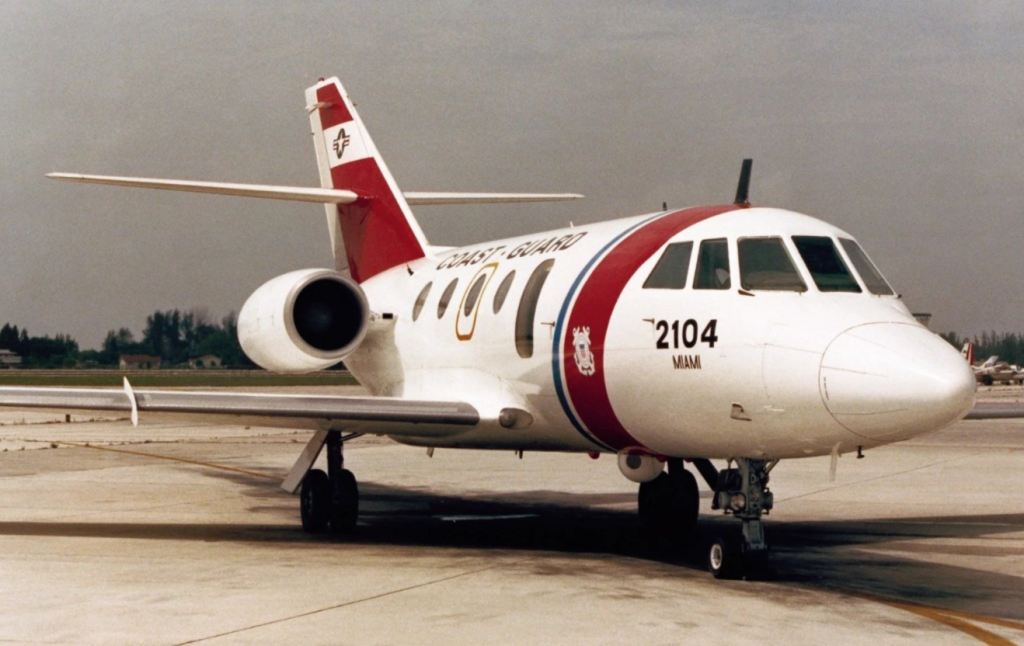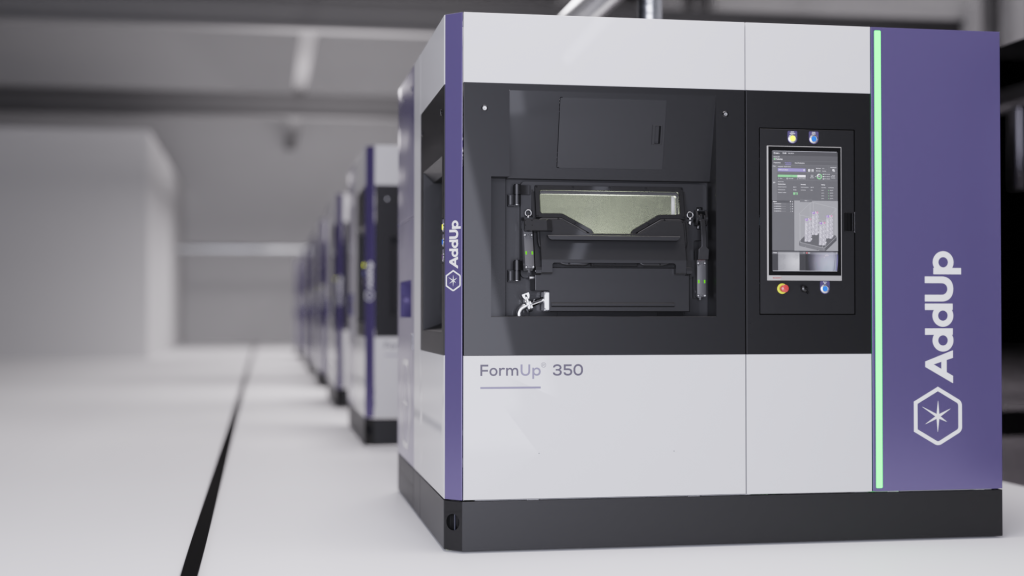Industrial metal 3D printer manufacturer AddUp and Dassault Aviation a French aerospace company have announced their partnership to push metal additive manufacturing processes from “prototyping” to “mass production” for aeronautics.
Both businesses believe that in order for the aeronautics industry to maintain and improve its competitiveness, it must address a number of issues, including growing global air traffic, a growing shortage of materials, the lightening and optimization of parts, the pursuit of reliability and better quality, and compliance with ever-more stringent regulations. The use of metal 3D printing under industrial-scale production conditions is one solution to these problems. In this setting, the collaborative R&D project “AEROPRINT”, headed by Dassault Aviation, was established with the aid of a large number of partners, research institutions, academic institutions, and businesses, among them AddUp.

What exactly is the AEROPRINT project?
This 5-year project aims to develop, qualify, and incorporate a competitive pre-industrial demonstrator of multi-material metal additive manufacturing (Titanium and Aluminum) for the production of advanced aeronautical components certified in classes 2 and 3. The Dassault Aviation facility in Argonay, Auvergne-Rhône-Alpes (France), has been designated as a pilot site for the integration of this process.
AddUp is in charge of creating a novel production system based on interoperability and process automation. The goal is to allocate the equipment whilst also ensuring the correct isolation and circulation of the two materials selected. Experts at AddUp are reportedly developing a new type of closed enclosure that enables the powder to enter on one side while a tray of metal parts exits on the other. This future workshop will consist of two production units of four FormUp® 350 machines relying on powder bed fusion technology (L-PBF: Laser Powder Bed Fusion) as well as the finishing means required. Two PBF machines from AddUp have been selected for the same.
Following a phase of combined development and research to discover all of the project’s requirements, AddUp is now working on the full-size model to verify and test the principles maintained, from mechanical design to autonomy, without forgetting the computer, which manages everything. AddUp Manager, with its ergonomic and straightforward interface and ultra-fast trajectory generation engine, enables you to create production files by accessing over 250 modifiable variables and customizable fusion strategies. Monitoring, an important aspect of such a project, will be conducted using the already available AddUp Dashboards software, which will be supplemented by bricks developed for this purpose.
AddUp Dashboard enables users to view real-time production data, monitor the shop floor, and quickly analyze any machine event. A customizable map that demonstrates real-time progress, remaining production time, and the current status is one of the many pre-configured views available in the software. Users can thus access data from a previous production run and track production in progress using the same tool.

What does this automated workshop bring to the table?
An operator loads the two metal powders, which are packaged in industrial containers, at a delivery station located outside the workshop. Inside, an automated conditioning station takes over the production tray and inserts it into a mobile chamber known as a “jacket.” Depending upon the material, it is transferred in an inverted shuttle by an Automated Guided Vehicle (AGV) and then placed in each PBF machine. When the printing is completed, the shuttle returns the mobile chamber to a depowdering station.
This same station removes the majority of the powder that was not fused during printing and recycles it before sending it back for the next printing. Once the powder has been completely removed, the shuttle proceeds to the conditioning station, where the tray containing the parts is extracted from the chamber and transported to the parts washing and drying station. The latter receives a new tray and resumes printing. The tray containing the parts is cleaned more thoroughly before being permitted to leave the workshop and be taken over by the operator.
An automated workshop has numerous advantages. The operators have no contact with the powder from the standpoint of HSE (Health, Safety, and Environment). They only enter the robotized enclosure for maintenance purposes, and the rest of their work is done outside of it. From an industrial standpoint, once the process has been validated and qualified, production repeatability is ensured.
This prototype automated workshop will serve as the foundation for a ready-to-use industrial solution for deploying additive manufacturing machines in existing workshops, ensuring the highest level of productivity and safety.
Metal AM for aerospace
Previously, Falcontech, an aerospace manufacturing service provider, announced that it would ensemble its “Super AM Factory” with 50 Farsoon metal 3D printing systems. By initially installing 20 Farsoon machines by the end of 2020, the Chinese aerospace specialist increased its manufacturing capacity, allowing for large-scale series production.
Furthermore, GE Aviation, a multinational manufacturer of jet engines, components, and integrated systems, was the first company to offer metal additive manufacturing for commercial jet engine component repairs. The firm’s Loyang facility in Singapore had become the world’s first maintenance, repair, and overhaul (MRO) facility to gain approval to utilize the technology for this purpose.
AM mass production and automation
Last year, 3DQue, a Vancouver-based 3D printing startup, announced the successful demonstration of the cost-effectiveness of its Quinly 3D printer automation upgrade on the Ultimaker S5. According to preliminary test results, the Quinly upgrade on the Ultimaker S5 reduces printer operator time by 90% while lowering cost per part by more than two-thirds. 3DQue believes its automation upgrade demonstrates the economics of metal 3D printing for mass production.
Elsewhere, SoonSer, the industrial brand of 3D printer and consumables manufacturer SoonSolid, aimed its upgraded SLA 3D printer series, Mars Pro, at the demands of industrial mass production. The Mars Pro series, which consists of the Mars Pro 600, 850, and 1600 SLA 3D printers, with the latter featuring a large expandable build volume of 1600 x 800 x 600 mm, is suitable for prototyping, manufacturing, and rapid precision casting for applications in the automotive, art, architecture, and medical industries, among others.
Follow this link for all the Formnext 2022 news.
To stay up to date with the latest 3D printing news, don’t forget to subscribe to the 3D Printing Industry newsletter or follow us on Twitter, or like our page on Facebook.
While you’re here, why not subscribe to our Youtube channel? Featuring discussion, debriefs, video shorts, and webinar replays.
Are you looking for a job in the additive manufacturing industry? Visit 3D Printing Jobs for a selection of roles in the industry.
Feature image shows the Dassault Falcon 20G maritime patrol aircraft. Photo via Dassault.



